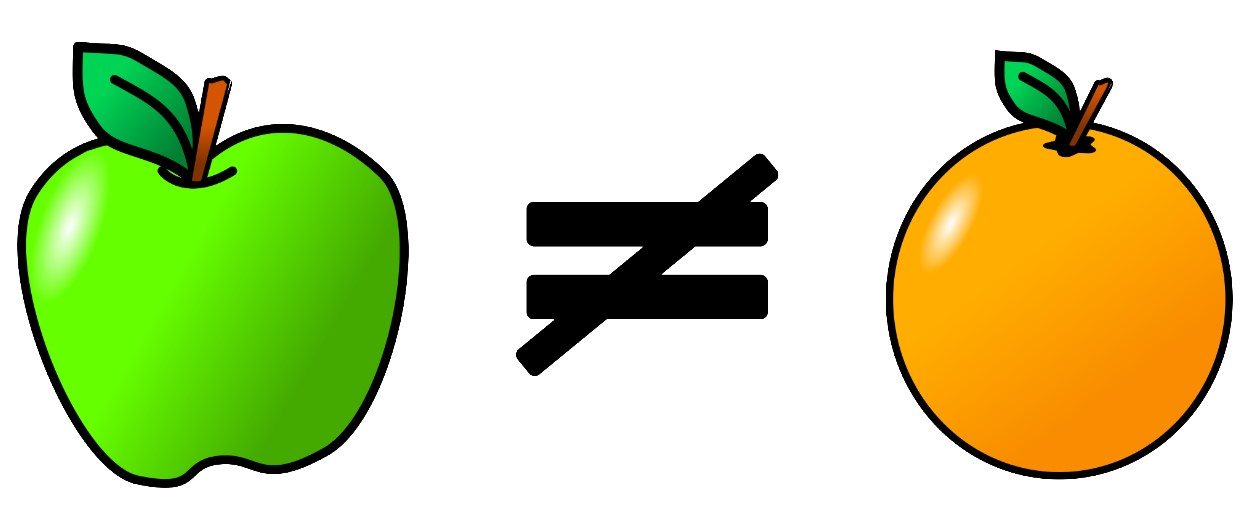Microplastics
Microplastics – in the sense of plastic waste in the environment – is a subject that concerns us all and has been discussed for some time. Most of it is generated by the use of plastic or rubber articles such as the rubber abrasion of car tyres.
Politicians, that is the European Commission, have recognised that microplastics cause environmental pollution. The focus was on specifically used plastic particles, such as those found in cleaning, hygiene and cosmetic products, which are then found in the environment after use.
The European Commission requested the European Chemicals Agency (ECHA) to prepare a restriction proposal. It has been created under the title "Proposal for a Restriction 'Substances Names: Intentionally added Microplastics'".
The restriction proposal was published in January 2019 and now addresses all polymers and virtually all polymer-containing or polymer-coated mixtures with a particle size from 0.000001 mm to 5 mm. This means that the products of our member companies, such as masterbatches as well as pigments, fillers and pigment preparations, may fall under the proposed definition.
If plastic granules such as masterbatches are only used in industrial plants or if there is incorporation into a solid matrix, the products are not directly restricted by the regulation. Nevertheless, an extensive notification is required as well as the labelling of the products in the safety data sheet. This is inappropriate and disproportionate for industrial products.
We do not reject a restriction of intentionally added microplastics in principle, but the proposed restriction is a completely disproportionate measure.
We do not consider the products of our member companies as microplastics in the sense of the current microplastics theme. The products of our member companies are high-quality polymer products or high-quality functional polymer-coated materials.
In the discussions on microplastics, objectivity should be a priority. It is not appropriate to compare waste products, which certainly do not belong in the environment, with high-quality plastic, dye or pigment raw materials for industrial use. It is like comparing apples with oranges...

Do not compare apples with oranges, take part in a proper discussion on the sustainable use of polymer and plastic products.

